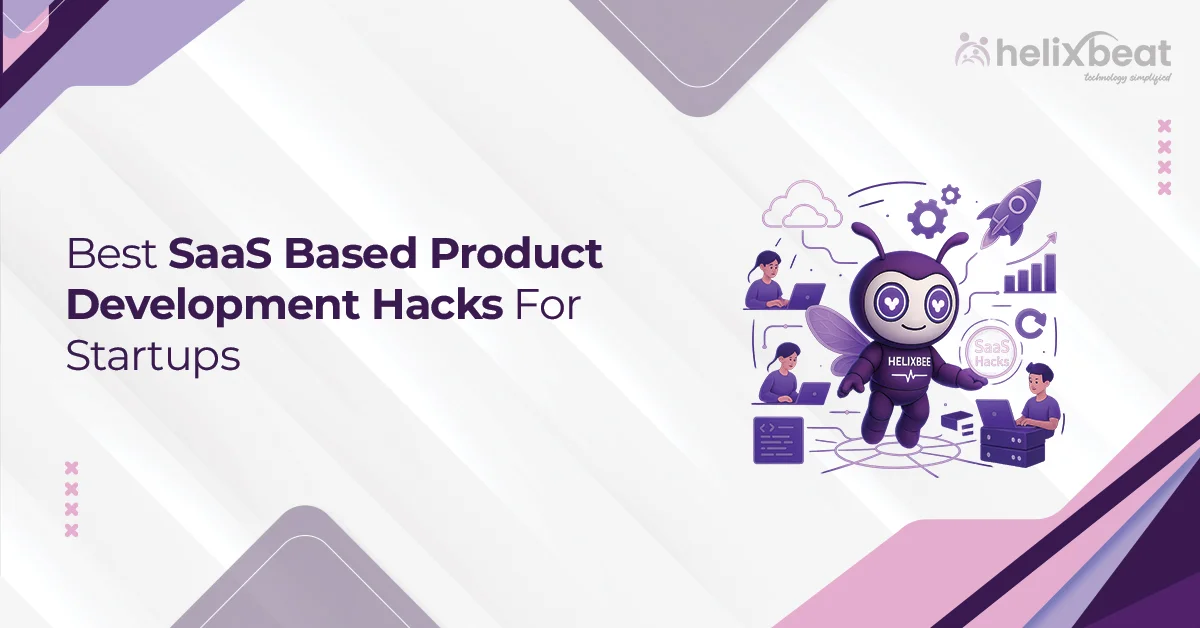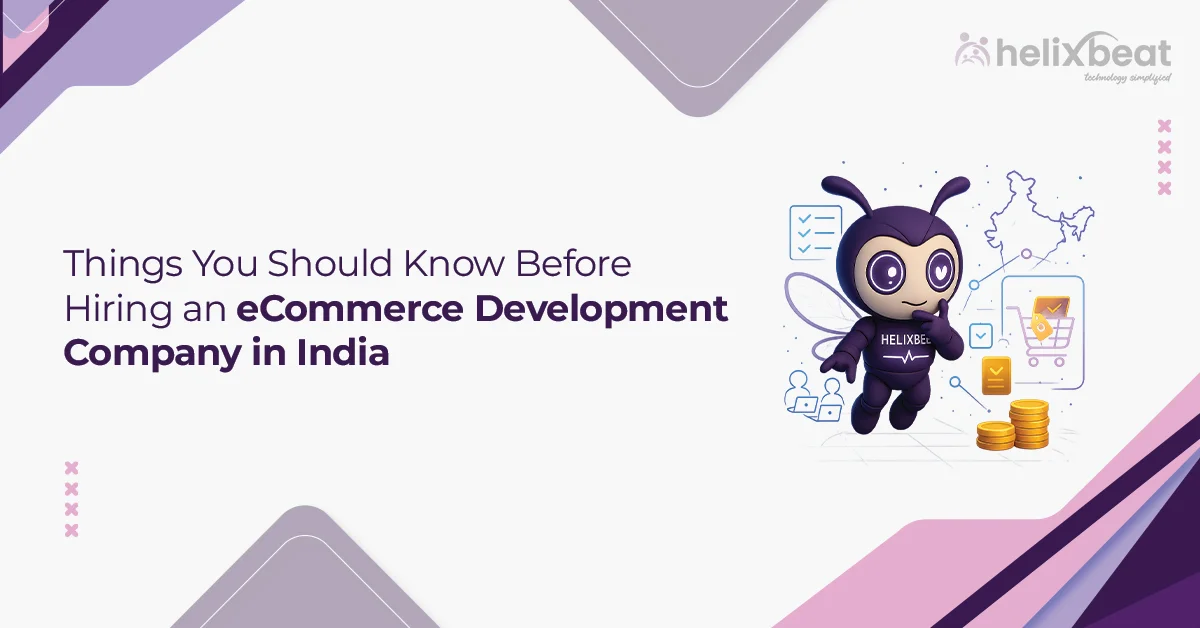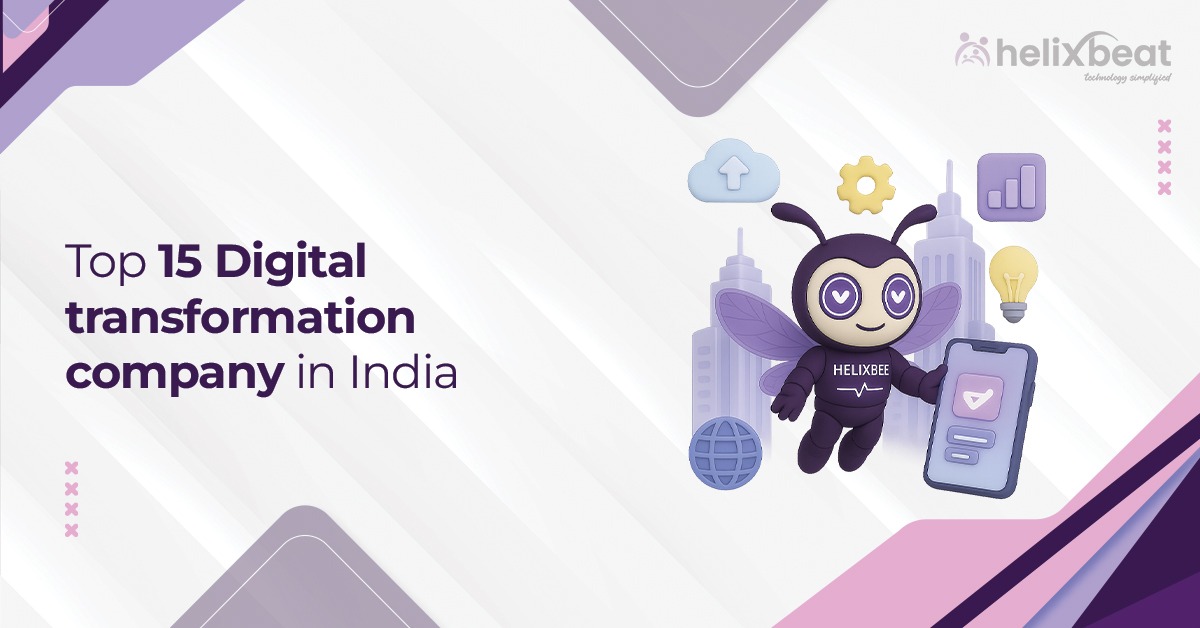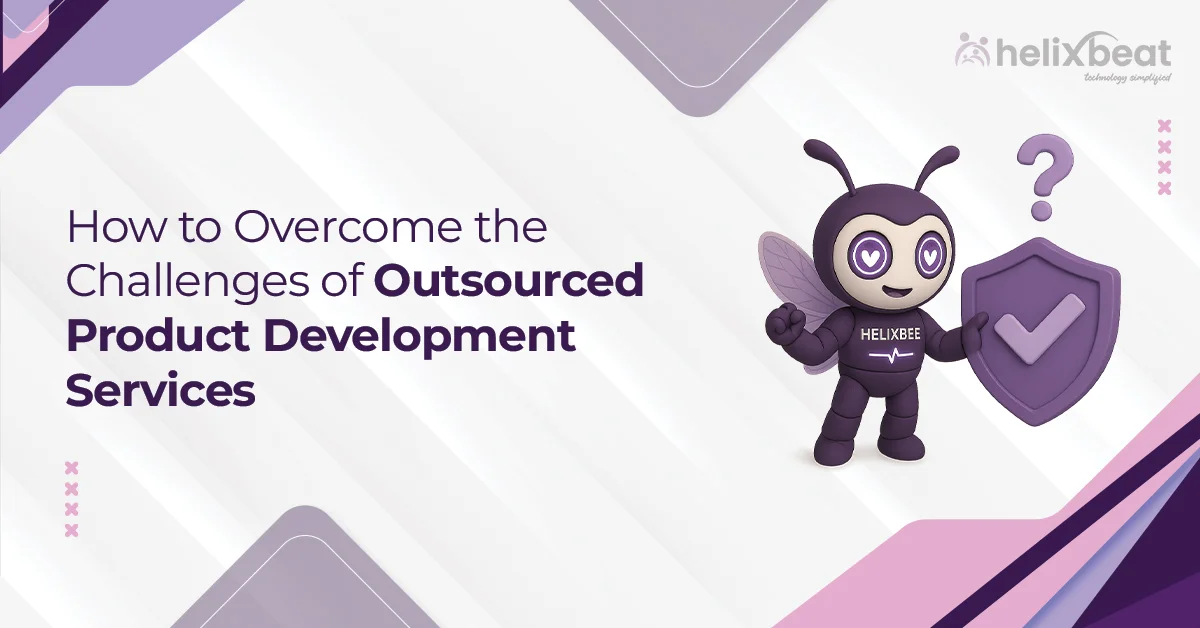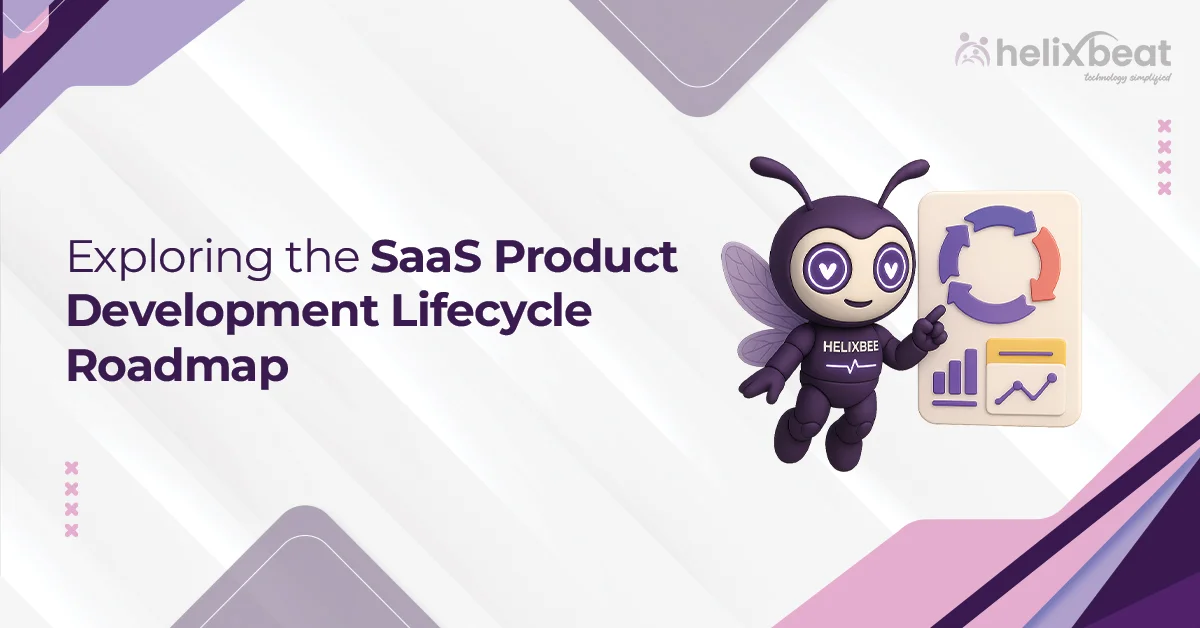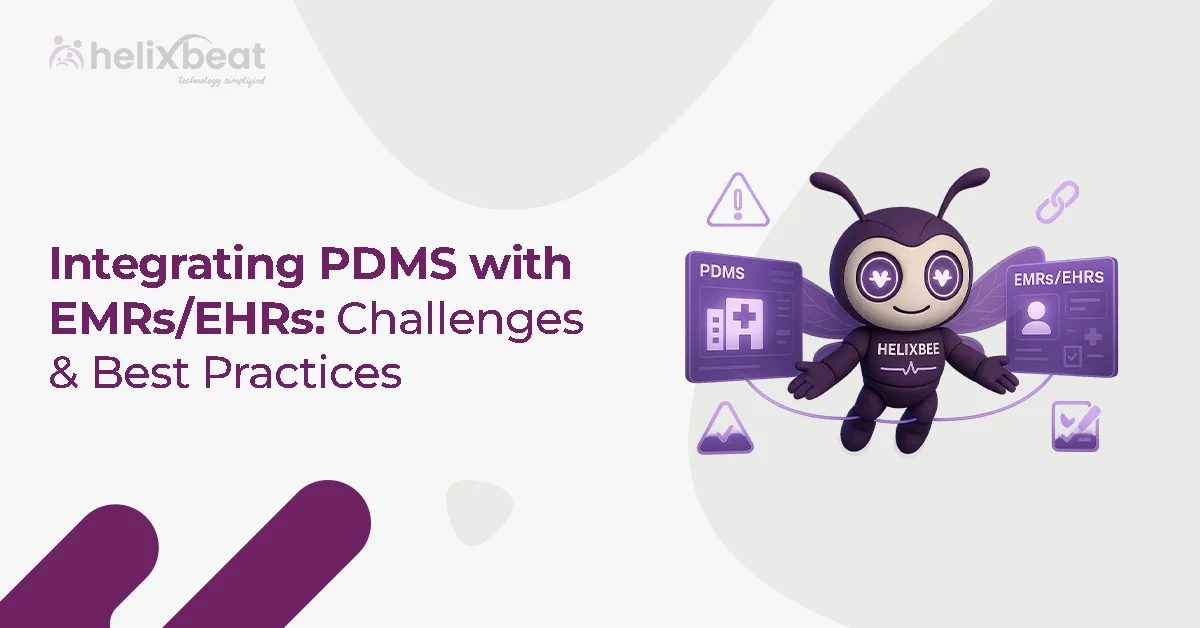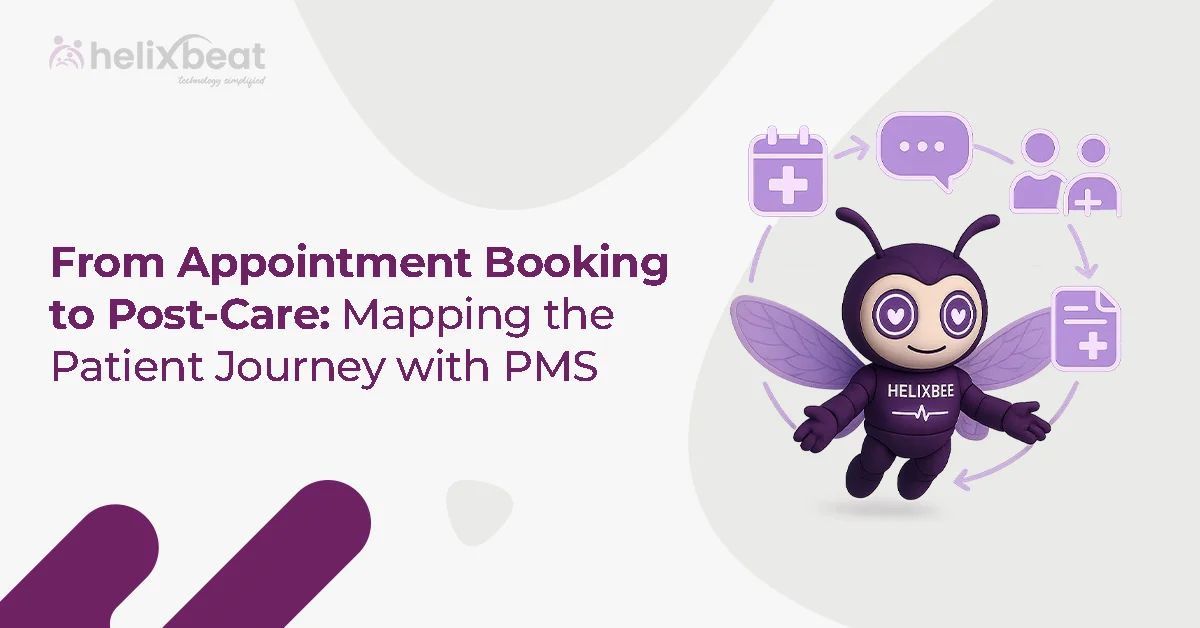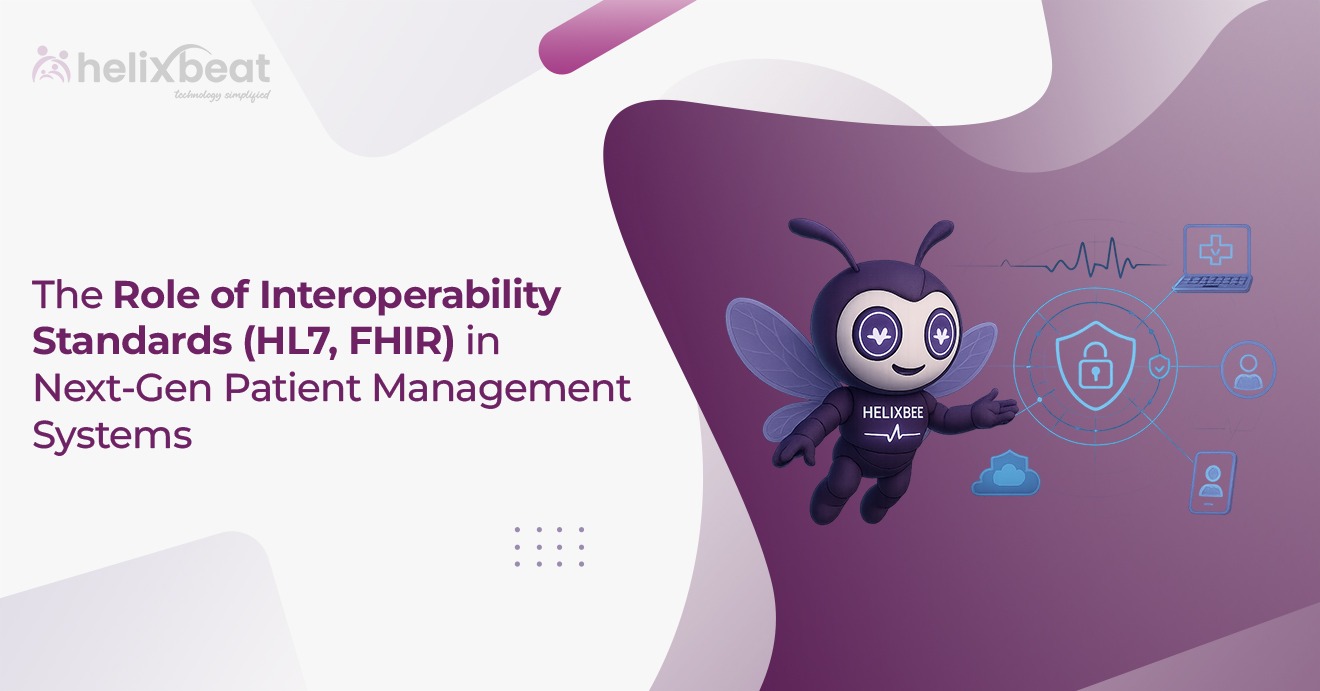In 2025, businesses are exposed to new challenges that require an adaptive approach to operations. Visitor management, an aspect of business operations that has been overlooked in the past, is now considered a part of daily processes for enhancing the visitor experience, ensuring security, and streamlining administrative tasks. A visitor tracking system can significantly improve how businesses manage visitors while solving several emerging challenges related to security, compliance, and efficiency.
In this blog, we’ll explore why visitor tracking systems are essential in 2025, the challenges businesses face in visitor management, the rise of complex tracking solutions like Vista, and real-life examples of businesses reaping the benefits.
Table of Contents
The Major Challenges of 2025 in Business Visitor Management
1. Security Threats and Terrorism
Security remains high in companies’ priorities in 2025 because the threat of terrorism and unauthorized access is always present. Terror attacks and breaches cause devastating effects for any business, which might be in their reputations or monetary value. Traditional visitor management systems based on paper logs or manual checks can no longer record information about visitors properly.
In response to this, businesses require systems that will allow real-time tracking, integrate into existing security infrastructure, and limit access to sensitive areas only to authorized personnel. Advanced visitor tracking systems incorporating biometric authentication, facial recognition, and automated alerts help businesses better identify and mitigate security risks.
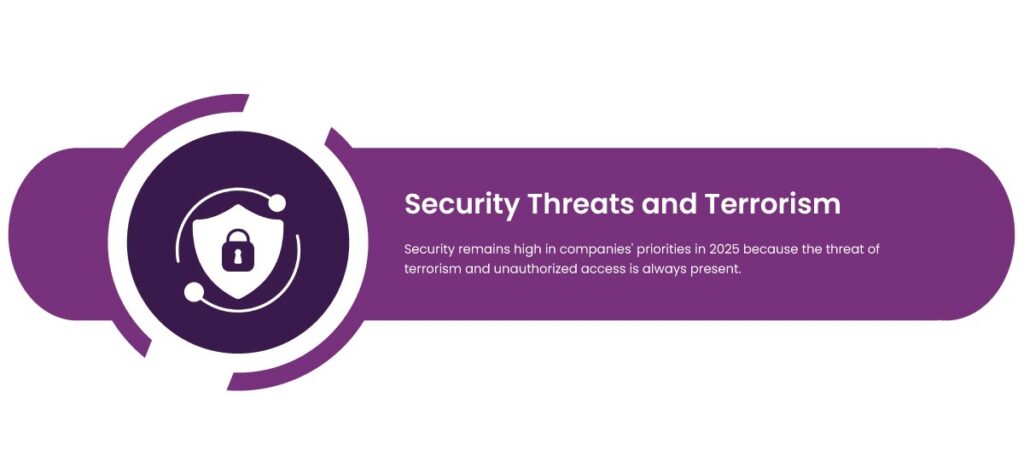
2. Pandemic Threats and Health Protocols
The COVID-19 pandemic underscored the importance of health protocols and the need for contactless solutions to prevent the spread of infectious diseases. In 2025, we are still dealing with the residual effects of the pandemic and the possibility of future health threats. The need for businesses to maintain social distancing, monitor health status, and provide contactless check-ins has never been more pressing.
Visitor management systems in 2025 must incorporate health screening processes such as temperature checks, health questionnaires, and touchless sign-ins to reduce the risk of virus transmission. Businesses that fail to implement these protocols could face both legal and reputational repercussions, as health and safety standards become more stringent.

3. Long Wait Times and Inefficiency
As businesses scale up, so does the number of visitors entering their premises. Long wait times at check-ins cause frustration for visitors, affect productivity, and create a negative first impression of the company. Manual processes, such as paper-based registration and on-site queues, are slow, inefficient, and prone to human error.
With the increase of digital visitor management systems, the business should focus on making use of technology with faster, smooth check-in time. This, in turn, can reduce the amount of time guests spend waiting using self-service kiosks, check-ins via their mobile app or pre-registration facilities, improving guest experience and higher operational efficiency.
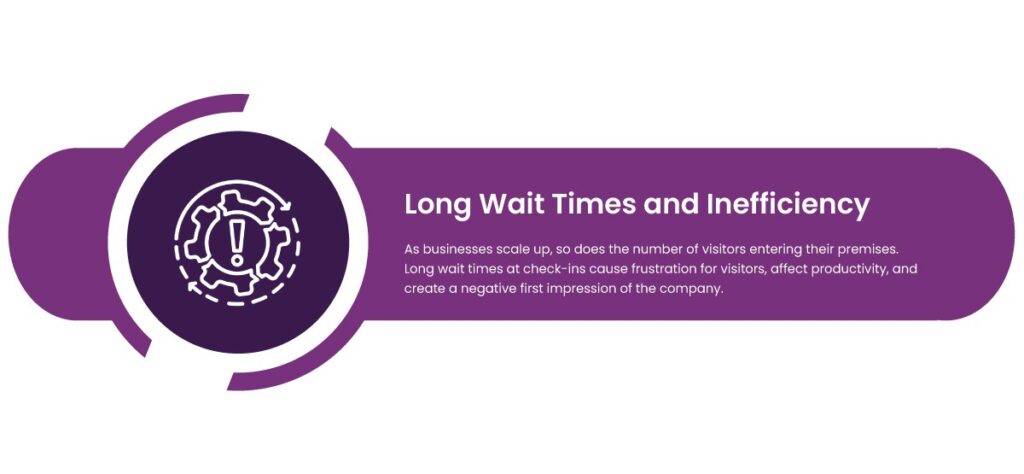
4. Complexities in the Login Process
The traditional visitor login process, while effective for a limited number of visitors, becomes cumbersome as businesses grow. A complex or time-consuming login process can lead to frustration, delays, and potential errors. In 2025, businesses need systems that streamline the check-in process, making it as efficient and user-friendly as possible.
A cumbersome login process can also lead to security risks, as visitors may bypass certain steps or fail to provide accurate information. A modern visitor management system should offer features like automated guest registration, digital ID verification, and seamless integration with employee calendars to streamline the login process and ensure accuracy and security.
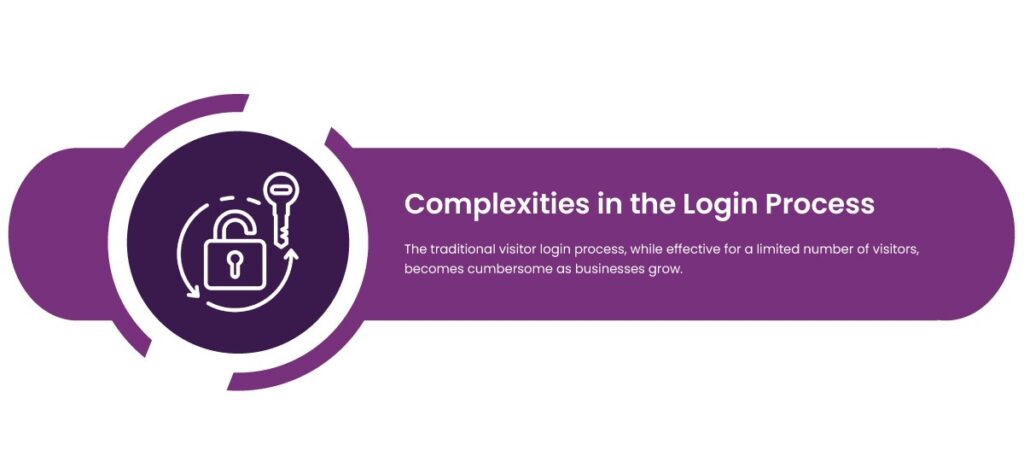
5. Manual Check-ins and Human Error
Many companies still rely on manual visitor check-ins, where guests have to sign in on paper logs or with an attendant. Although this may be sufficient for smaller settings, it becomes ineffective and error-prone as the volume of visitors increases. Errors in recording visitor details, such as misspelled names or incorrect entry times, can lead to a loss of vital information or even security breaches.
In 2025, businesses are moving away from the manual checking process and need to adopt a real-time data capturing system which accurately captures all the visitor details. Such a system not only prevents human errors but also enhances business control on visitors’ movement in the building and access through doors.

6. The Growing Need for Visitor Data and Analytics
As businesses focus on enhancing their operational efficiency and understanding customer behaviors, visitor data has become an invaluable resource. In 2025, organizations need more than just basic visitor tracking; they require detailed insights into visitor patterns, such as frequency, time spent on-site, and the nature of their visits.
Advanced visitor management systems offer data analytics capabilities, providing businesses with actionable insights to optimize processes and enhance customer service. By tracking visitor behavior, businesses can improve scheduling, plan for peak visitor times, and better allocate resources to create a more seamless and personalized visitor experience.
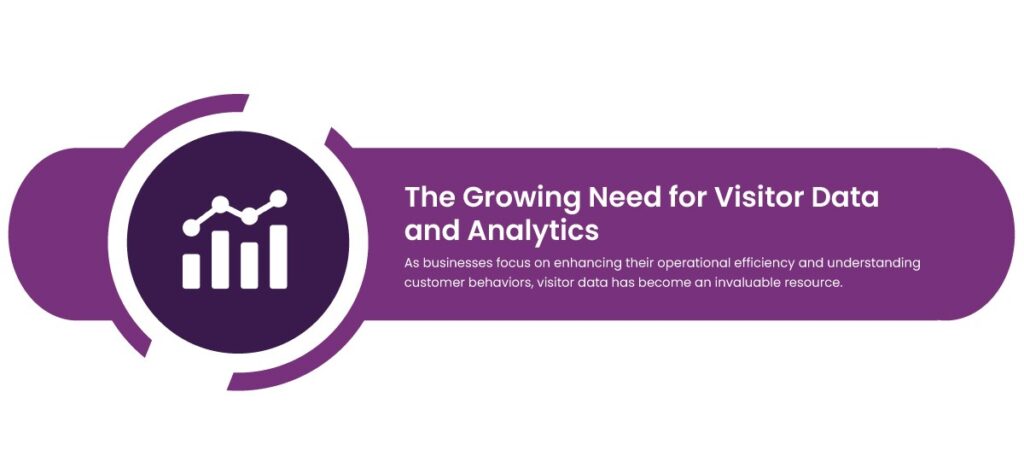
7. Managing Multiple Tenants in Shared Workspaces
The co-working space and multiple-tenant offices create a particularly challenging scenario while managing visitors into shared spaces. Businesses must handle visitors appropriately such that they should be directed straight to the needed tenants or any other areas available within the building under its security set up. The visitors’ management software must, hence, be agile enough to multi-tenant spaces without losing or compromising on issues of security efficiency.
Shared workspaces require a more complex visitor management system that allows businesses to track visitors across different organizations within the same building. In addition, tenants may need to customize the system to meet their specific needs while maintaining overall security standards for the entire building.
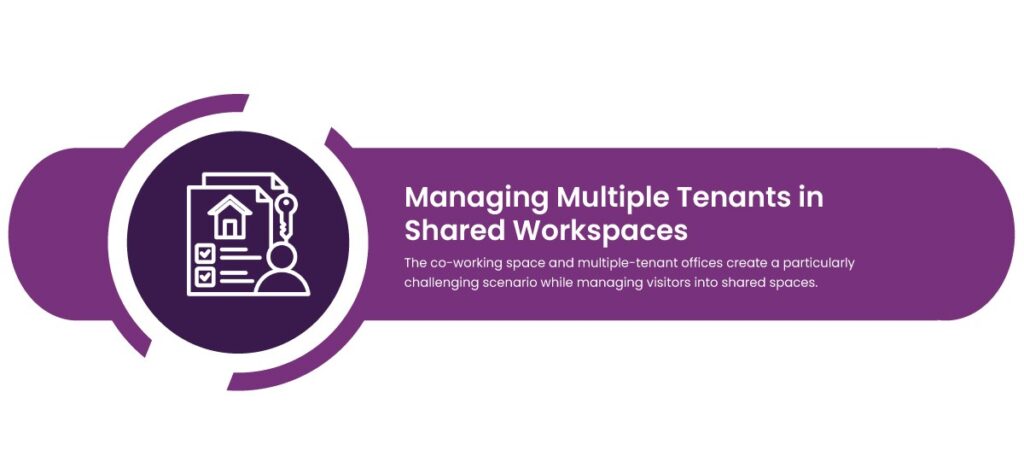
8. First Impressions and Brand Image
Visitor management is an essential touchpoint in creating a positive first impression for guests. Whether it’s a potential client, a partner, or a job candidate, the way a business handles its visitors can greatly impact its brand image. An outdated, inefficient, or unprofessional check-in process can create a negative impression, ultimately harming the business’s reputation.
In 2025, businesses need a modern visitor management system that delivers a polished and professional experience right from the start. From streamlined check-ins to customized visitor badges, these systems ensure that visitors are treated with professionalism and respect, leaving them with a positive impression of the company.

9. Data Privacy and Compliance Regulations
Data privacy regulations continue to evolve, placing pressure on businesses to ensure that the personal information of visitors is protected. Europe’s GDPR and California’s CCPA require companies to ensure they handle visitor data in a secure and compliant manner. Failure to comply with such regulations can result in heavy fines and damage to the company’s reputation.
The time calls for a visitor management system that is aligned with the current data privacy regulations in 2025. Such systems must ensure safe storage of visitor information, grant access control for sensitive data, and enable businesses to prove compliance in applicable laws. Automated systems also act as on-site and off-site proof that visitor consent was obtained before gathering any personal data.
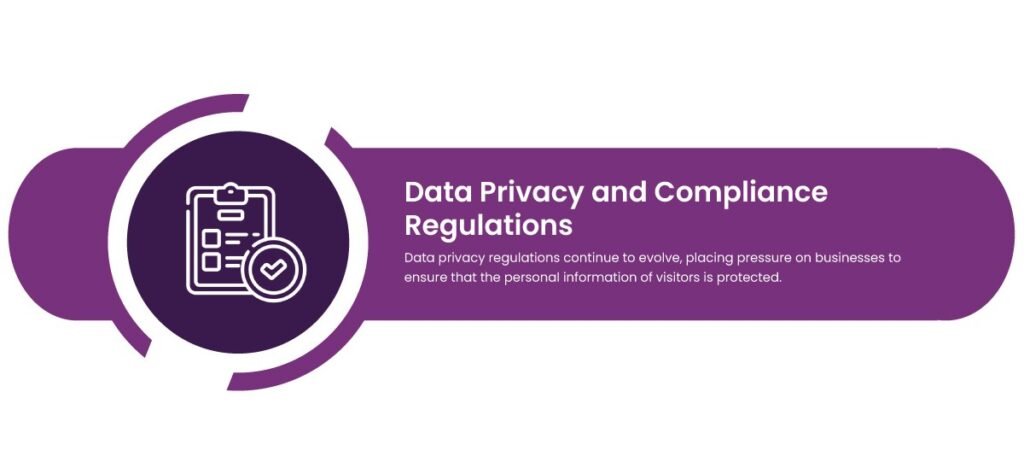
10. The Need for Integrated Systems
In 2025, businesses are increasingly relying on a wide range of software and digital tools to manage operations. From access control systems to CRM platforms, businesses need seamless integration between their various software solutions to ensure smooth workflows and data sharing.
A visitor management system that can integrate with existing technologies such as security systems, employee scheduling tools, and access control mechanisms can save businesses time and reduce the risk of errors. Integrated systems also allow for more comprehensive data analytics and reporting, providing businesses with a holistic view of their visitor management processes
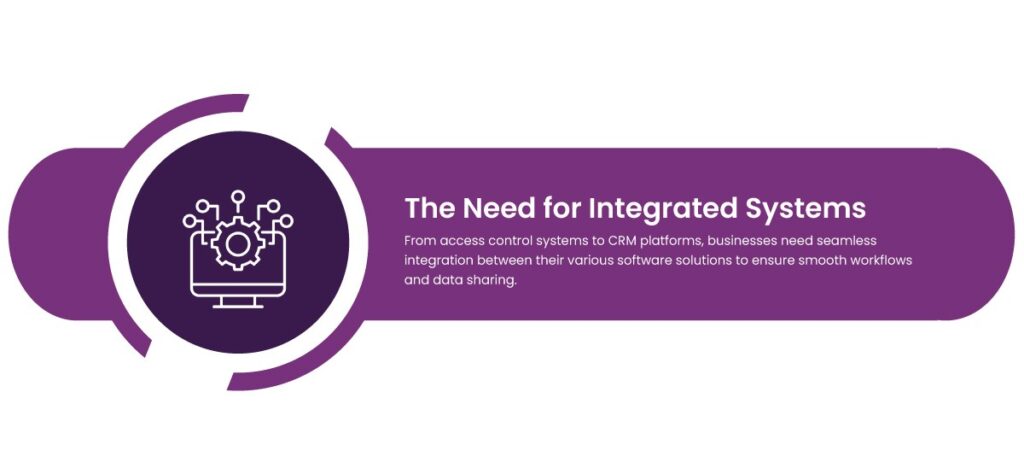
11. Earn more profits
Visitor tracking systems can significantly improve business profits by enhancing efficiency and security. By automating the check-in process, businesses save time, reduce administrative overhead, and streamline operations. This leads to faster service and a more professional visitor experience, fostering positive relationships and repeat business.
Real-time tracking also allows businesses to better manage resources, ensuring that staff is allocated efficiently during peak times. Enhanced security through visitor tracking reduces risks, preventing potential theft or security breaches. Moreover, the system’s analytics can provide insights into visitor behavior, helping businesses optimize their services, marketing efforts, and resource allocation, ultimately driving profitability.
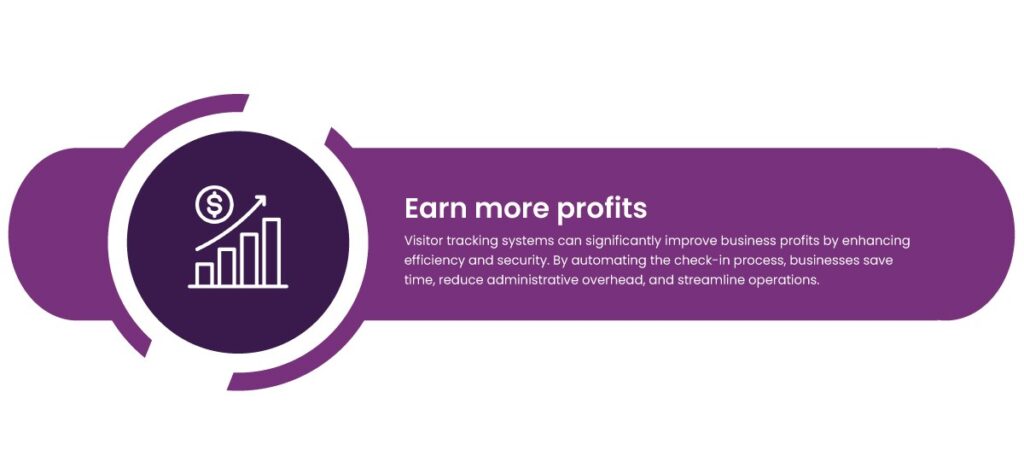
How VISTA is Revolutionizing Visitor Tracking Systems
VISTA, a leading-edge visitor tracking solution, is transforming the way businesses manage visitors in 2025. Unlike traditional visitor management systems, VISTA offers advanced features such as facial recognition, mobile app integration, instant host notification, touchless check-ins, and real-time tracking, allowing businesses to handle high volumes of visitors seamlessly.
VISTA’s cloud-based platform allows businesses to monitor visitor activity from anywhere, offering complete visibility over who is on-site at any given time. The system integrates with existing security systems, including access control and surveillance, ensuring that visitors are granted access only to authorized areas. Additionally, VISTA helps businesses maintain compliance with data privacy regulations by securely storing visitor data and providing audit trails.
Real-World Examples and User Cases
- Corporate Offices
VISTA has been successfully implemented in corporate offices to manage visitor flow and enhance security. In one example, a large multinational company adopted Vista to streamline their visitor check-in process. With over 500 visitors arriving daily, the company used traditional manual systems that were slow and prone to errors. By switching to VISTA, the company reduced check-in time by 70%, improved security, and ensured compliance with data protection regulations.
- Co-Working Spaces
A co-working space management company uses Vista to handle visitors for multiple companies housed in the same building. The system allows each company to manage their visitors independently while tracking movement across shared areas. Vista has significantly improved the flow of visitors, reduced waiting times, and enhanced the overall visitor experience.
Conclusion
Challenges in 2025 is evolving as business bring innovations. The robust and efficient visottracking system is more important than anything. Address your premises security issues, reduce waiting times, ensure compliance with best visit tracking system. The future of visitor management is here, and it’s time for businesses to adapt.
VISTA is latest model visit management system that designed to cope up with emerging challenges. The single perfect visitor management is just key to profit for your business. Our features of VISTA make sure to meet all the bottleneck that your premises challenges. Let VISTA revolutionize your business operations and help you stay ahead of the competition in 2025.
Frequently asked question
- What is visitor tracking system?
A visitor tracking system is a tool that helps businesses manage and monitor the flow of visitors to their premises. It enables secure check-ins, real-time visitor tracking, and data collection to ensure safety, compliance, and a smooth visitor experience.
- How does a Visitor Tracking System enhance security?
The modern visitor tracking system integrates with the security infrastructure, where features such as biometric authentication, facial recognition, and real-time alerts are used to ensure that only authorized people are granted access to restricted areas.
- Can a Visitor Tracking System reduce wait times?
Yes, for advanced systems reduce the check-in process and help visitors pre-register or use self-service kiosks for a faster check-in. This, in turn, reduces wait times and improves the overall visitor experience.
- Is the Visitor Tracking System GDPR/CCPA compliant?
Most visitor tracking systems, including the one provided called Vista, take a data compliance stance that reflects compliance with existing global data regulations, such as GDPR and CCPA. Hence, visitor info is securely placed in a holder and only that data will be collected with user consent.
- How does VISTA’S Visitor Tracking System work?
Vista offers advanced features such as touchless check-ins, mobile app integration, and real-time visitor tracking. It integrates with existing security systems and ensures seamless visitor management across corporate offices, co-working spaces, and other business settings.
- Can the system support multiple tenants in shared office spaces?
Yes, VISTA’S visitor management system is designed for multi-tenant spaces. It allows each business to manage its visitors independently while providing overall security and streamlined management across shared areas.
- What are the benefits of using a digital visitor tracking system over a manual check-in system?
Digital visitor systems reduce human error, are more accurate, provide real-time tracking, and save time for both visitors and staff. Better security, faster check-ins, and integration with other business systems are also available.
- Can I track visitor behavior and analyze data with a Visitor Tracking System?
Yes, advanced systems like VISTA provide analytics features that allow businesses to track visitor patterns, such as frequency, time spent on-site, and the purpose of visits. This data helps optimize operations and improve the visitor experience.
- Is it easy to integrate a Visitor Tracking System with existing software?
VISTA and similar systems offer seamless integration with existing security infrastructure, employee scheduling tools, and CRM platforms. This ensures smooth workflows and a more comprehensive view of your operations.
- Can a Visitor Tracking System help my business improve customer service?
Yes, by reducing check-in times, streamlining visitor management, and providing insights into visitor behavior, a visitor tracking system can enhance customer service and improve overall operational efficiency.





